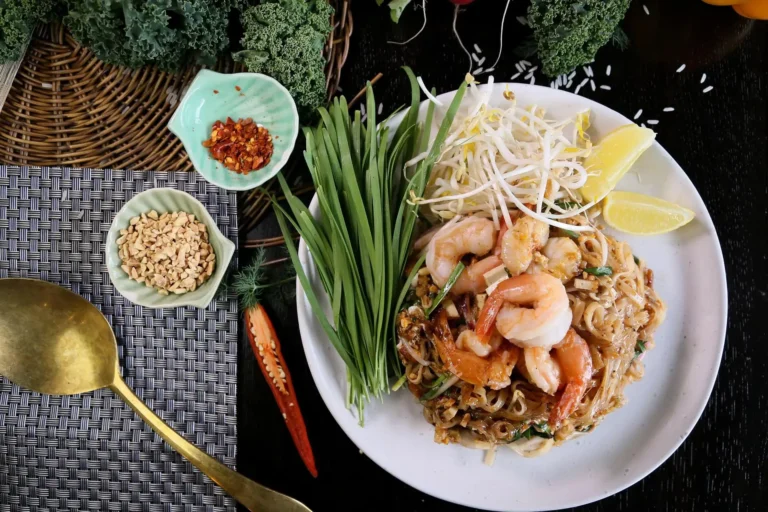A place filled with diverse, vibrant cultures and breathtaking landscapes, South America is also home to an array of exotic fruits that will tantalize your taste buds. Exotic South American fruits are unusual, otherworldly, and delicious!
From the Amazon rainforests to the Andean highlands, South America offers a world of flavors waiting to be discovered.
In this blog, we’ll introduce you to 39 South American exotic fruits that you should try during your travels, as well as some important food for thought and health tips when it comes to exotic fruit South America.
39 Exotic South American Fruits You Must Try At Least Once
When it comes to South American fruits, the list is LONG, so here’s our list of exotic fruits South America. Let’s explore the best South American exotic fruits and embrace the excitement of trying something new.
Jaboticaba
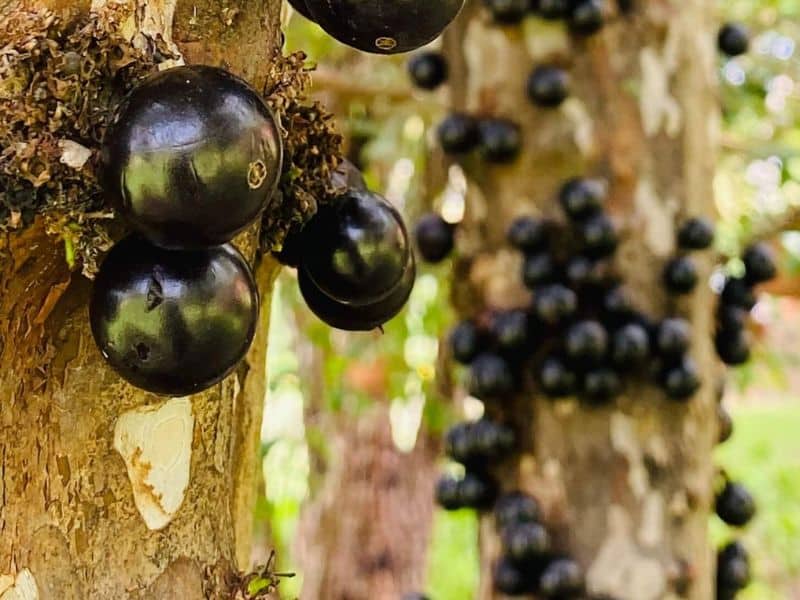
- Native to: Brazil
- Appearance: Small, dark purple fruit that grows directly on the trunk.
- Taste: Sweet and tangy, with a grape-like flavor.
- How to Eat: Pluck and eat it straight from the tree, skin and all.
Feijoa
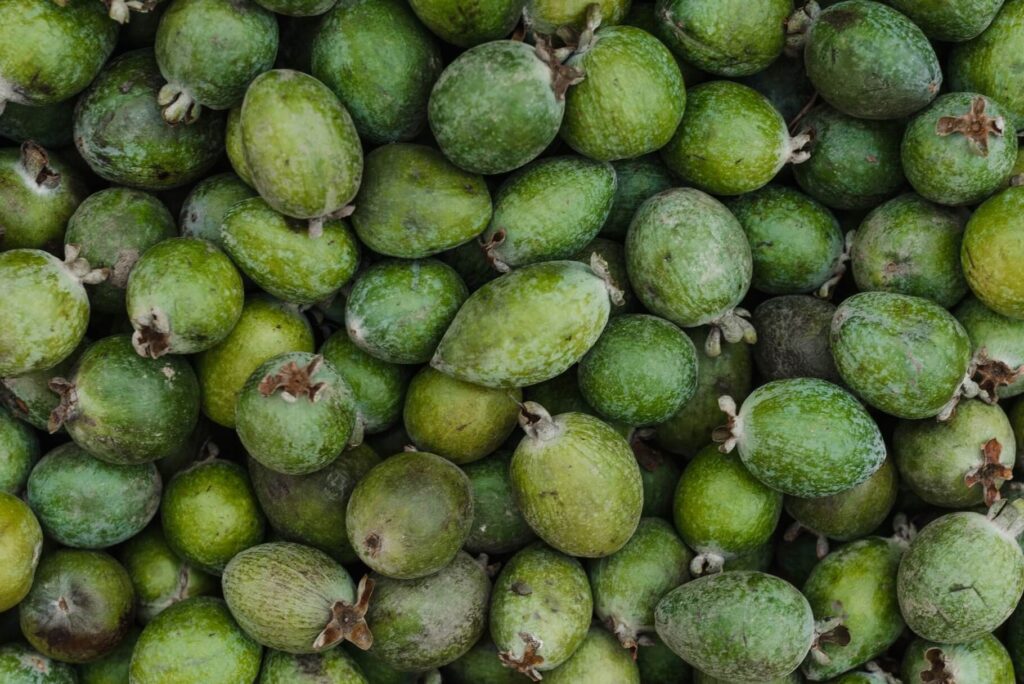
- Native to: Southern Brazil
- Appearance: Green, egg-shaped fruit with a rough, edible skin.
- Taste: Sweet and slightly tart, with flavors of pineapple and guava.
- How to Eat: Cut in half and scoop out the flesh with a spoon.
Pitanga
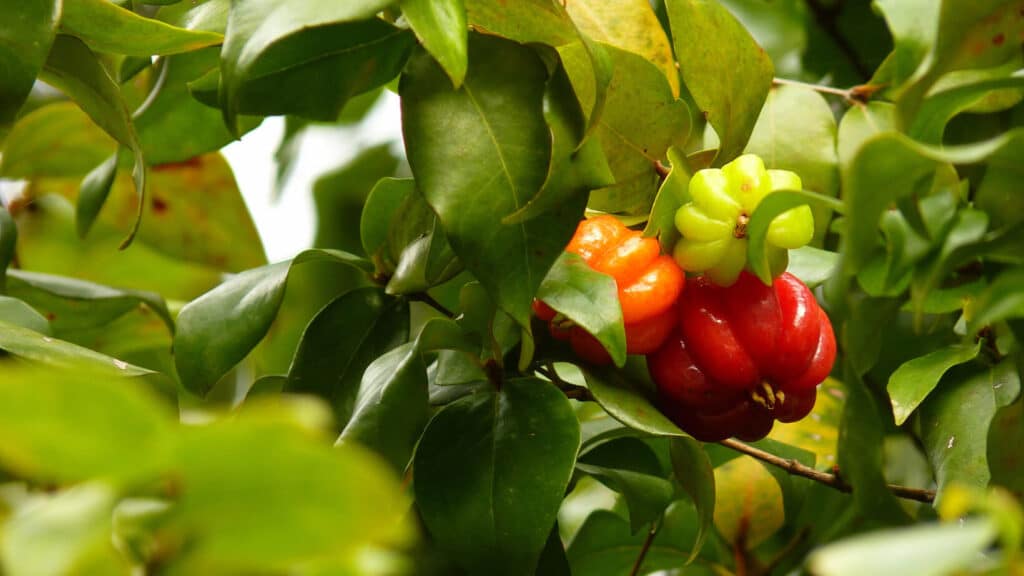
- Native to: South America
- Appearance: Small, bright red or orange fruit.
- Taste: Sweet and tart, with hints of cherry and cranberry.
- How to Eat: Simply pluck and eat, avoiding the small seeds.
Guava
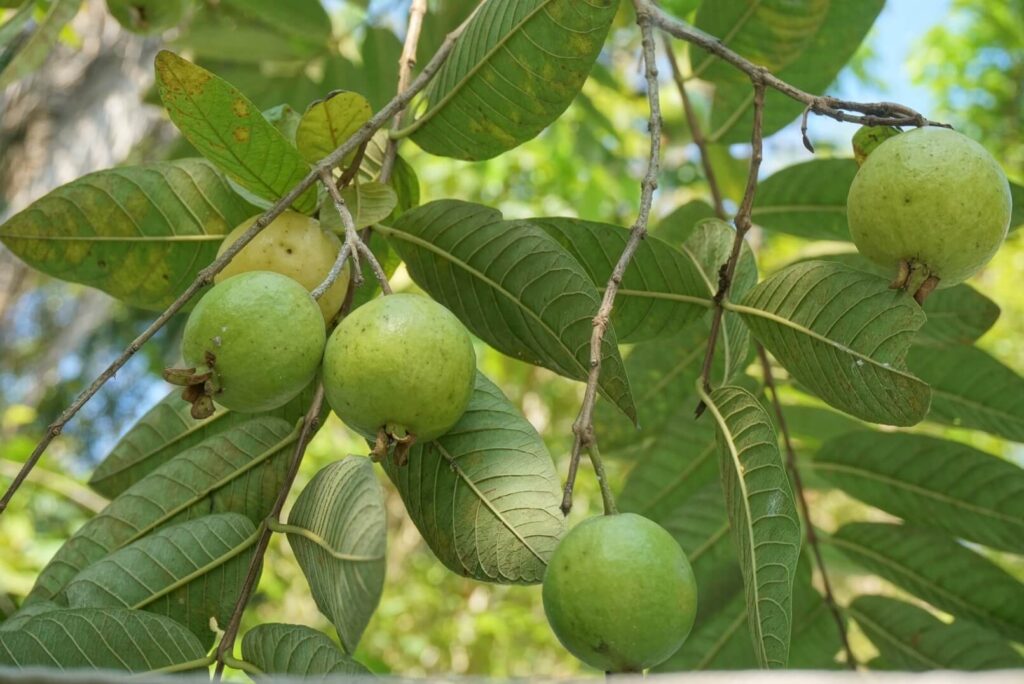
- Native to: South America
- Appearance: Round or pear-shaped, with green or pink skin and sweet, pink flesh.
- Taste: Sweet and slightly tart with a unique flavor.
- How to Eat: Slice and eat the flesh, avoiding the seeds.
Sapote
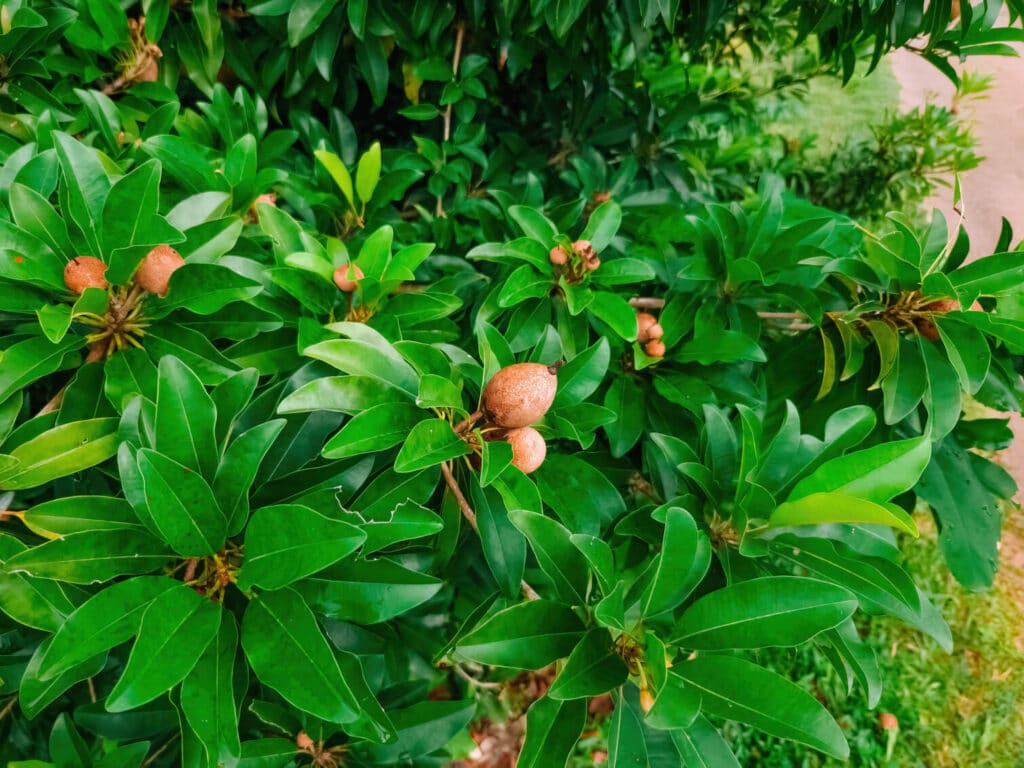
- Native to: South America
- Appearance: Brown, grainy skin with sweet, grainy, and gritty flesh.
- Taste: Sweet with a hint of pear and brown sugar.
- How to Eat: Cut in half and scoop out the flesh.
Brazil Nut Fruit
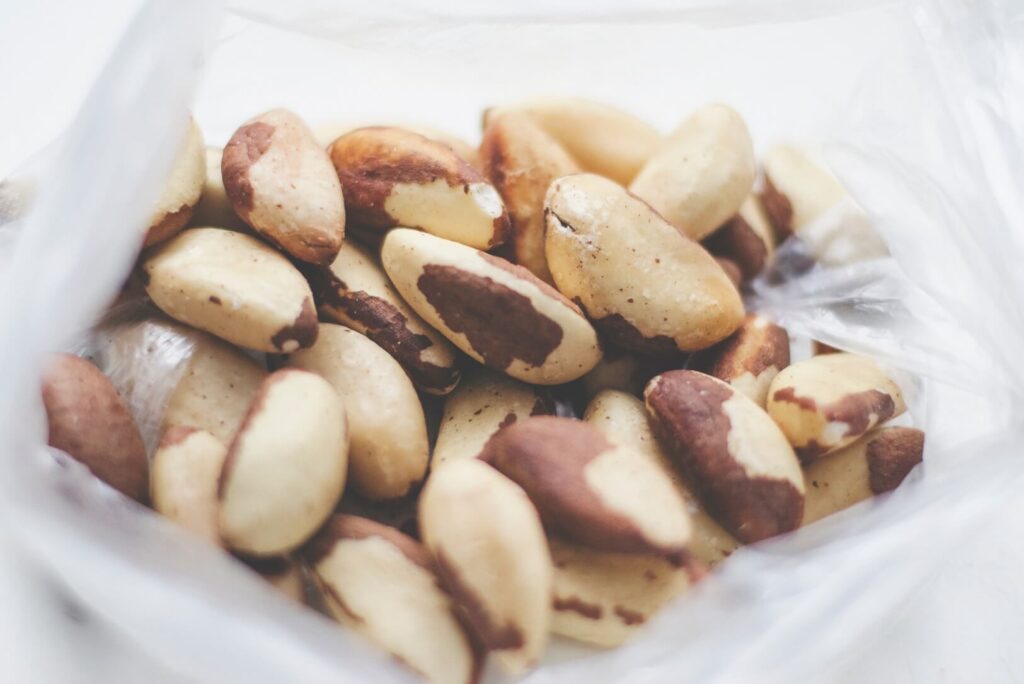
- Native to: The Amazon Rainforest
- Appearance: Large, woody shell containing rich, creamy seeds.
- Taste: Mild and nutty, with a creamy texture.
- How to Eat: Crack open the shell to reveal the edible seeds inside.
Cashew Fruit
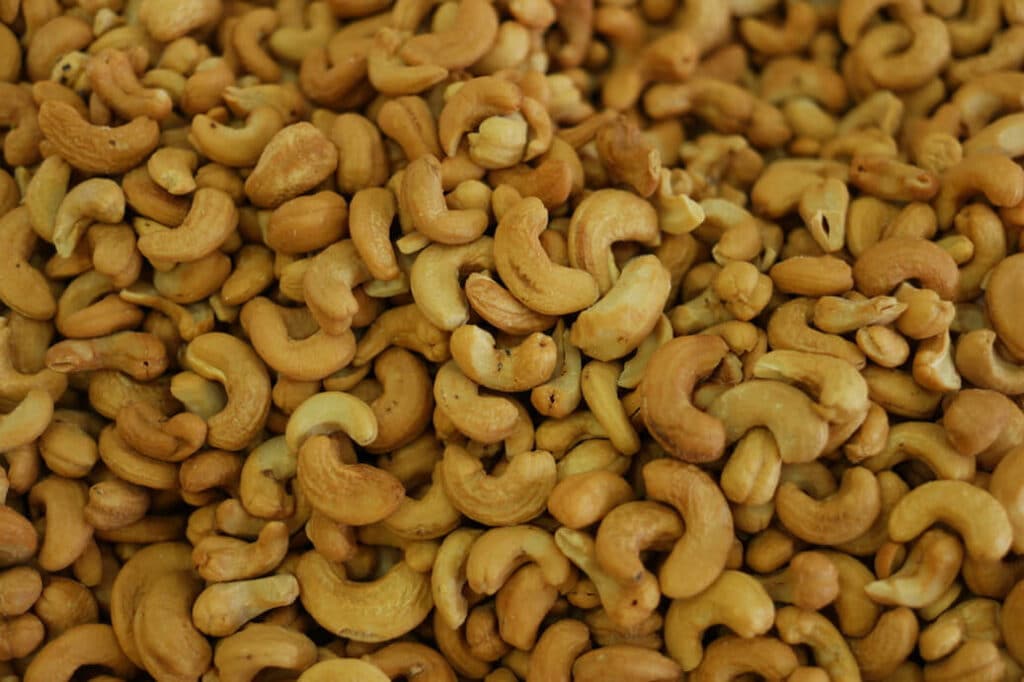
- Native to: Northeastern Brazil
- Appearance: Yellow or red pear-shaped fruit with a cashew nut hanging below.
- Taste: Sweet and tangy, with a unique, refreshing flavor.
- How to Eat: Remove the nut and enjoy the fruit’s flesh.
Cupuaçu

- Native to: Amazon Rainforest
- Appearance: Brown, oblong fruit with soft, white flesh.
- Taste: Creamy and tangy, with hints of chocolate and pineapple.
- How to Eat: Split it open and scoop out the flesh.
Açaí Berry
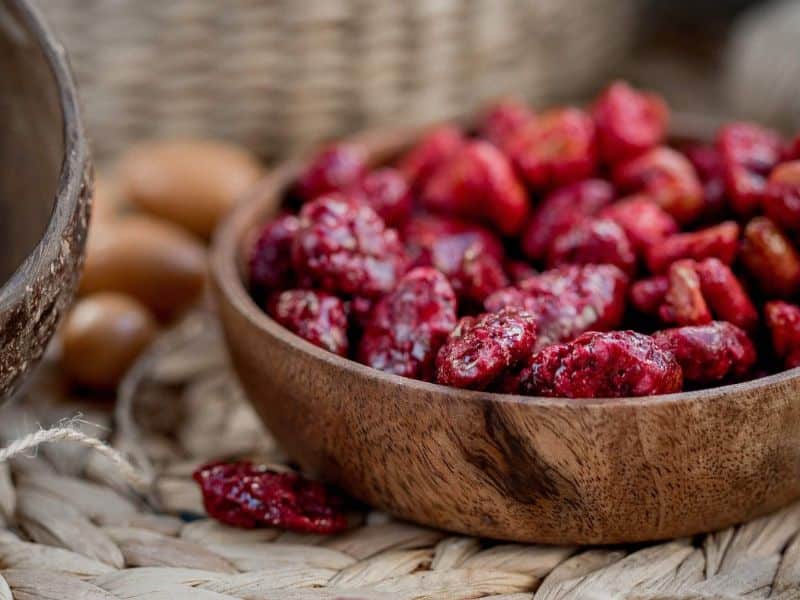
- Native to: Amazon Rainforest
- Appearance: Small, dark purple berries.
- Taste: Earthy and slightly tart, often used in smoothie bowls.
- How to Eat: Blend into smoothies or enjoy as a bowl with various toppings.
Camu Camu
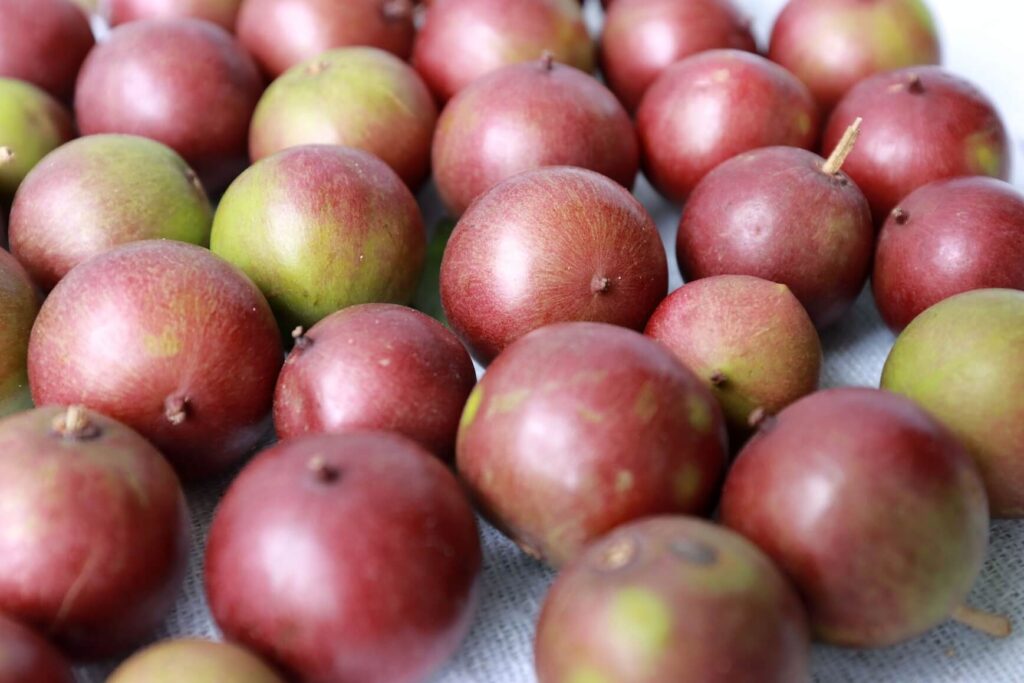
- Native to: Amazon Rainforest
- Appearance: Small, round, and cherry-sized fruit.
- Taste: Incredibly sour, used for its high vitamin C content.
- How to Eat: Typically consumed in powdered or supplement form due to its extreme sourness.
Aguaje
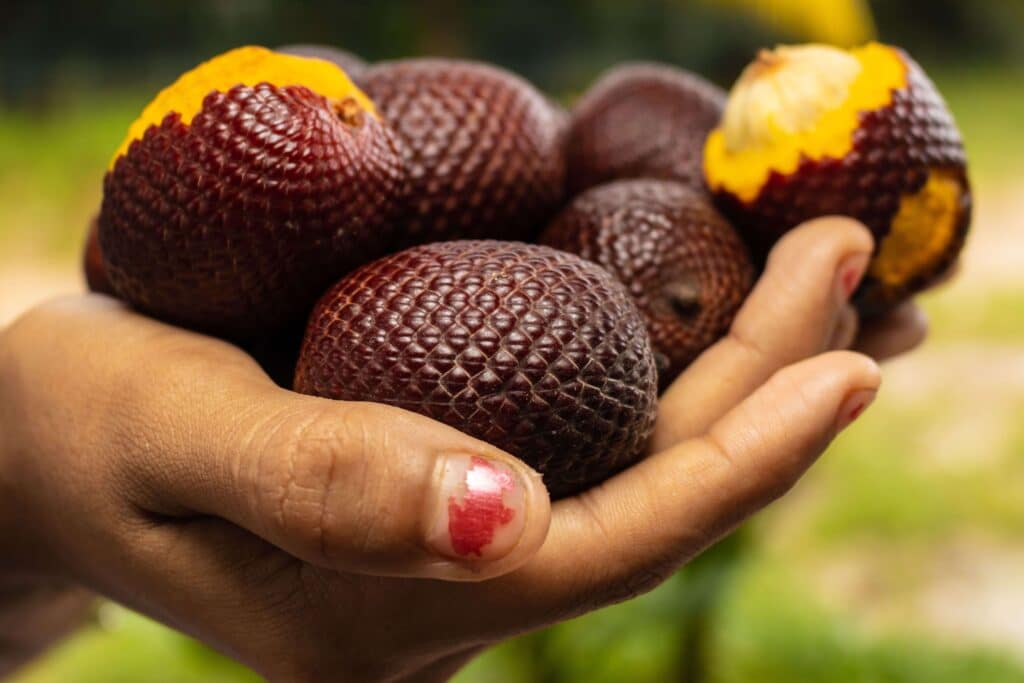
- Native to: Amazon Rainforest
- Appearance: Long, reddish fruit with scaly skin.
- Taste: Creamy and sweet, often compared to sweet potatoes.
- How to Eat: Peel and eat the flesh or use it in smoothies and desserts.
Cacao
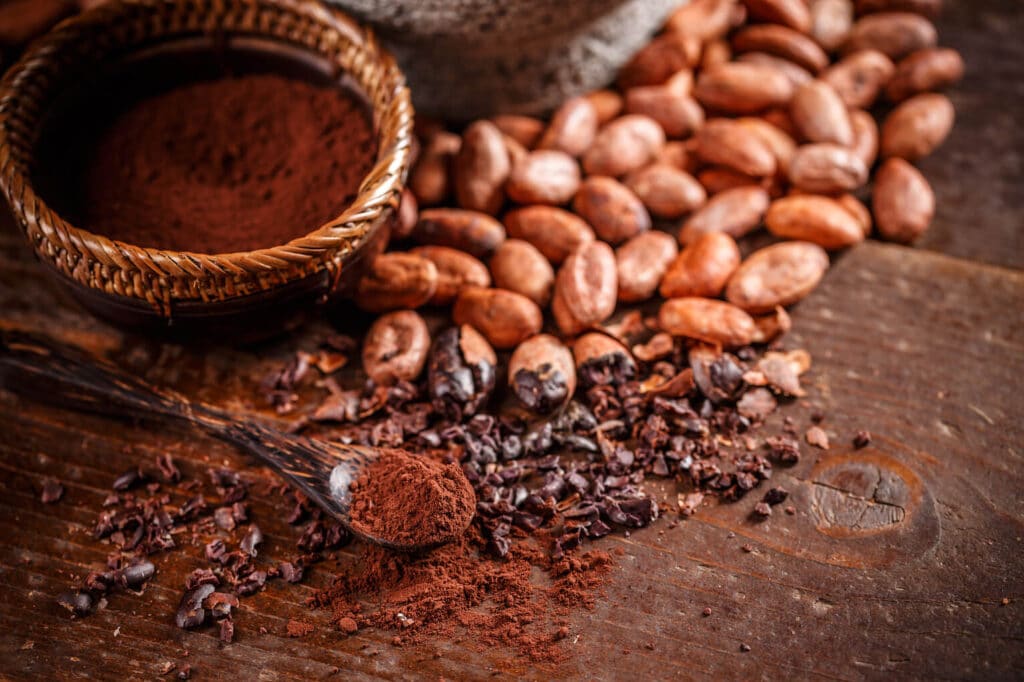
- Native to: Amazon Rainforest
- Appearance: Large, pod-like fruit containing cacao beans.
- Taste: Bitter and earthy when eaten fresh, but processed into chocolate.
- How to Eat: Ferment and roast the beans to make cocoa products.
Cherimoya
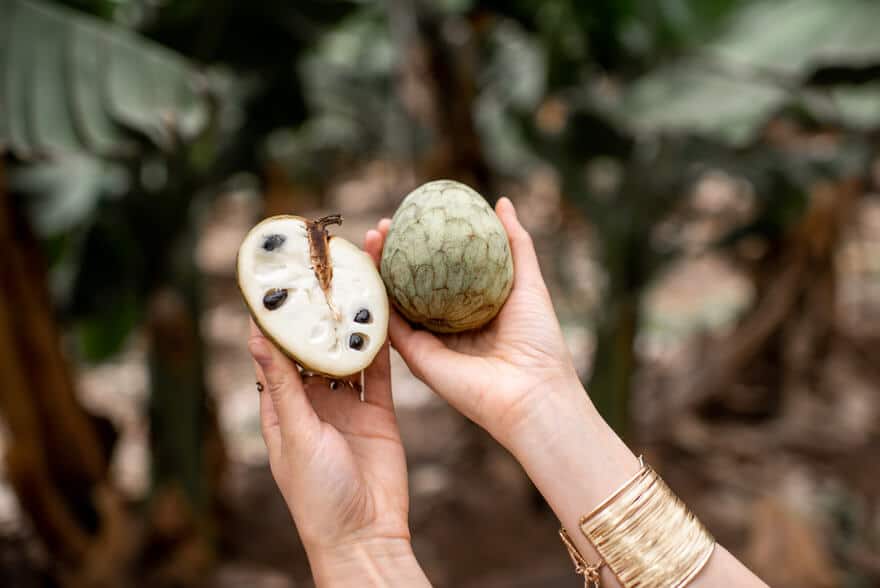
- Native to: Andes region
- Appearance: Green, heart-shaped fruit with soft, white flesh and black seeds.
- Taste: Sweet and custard-like, often compared to a mix of pineapple and banana.
- How to Eat: Cut in half and scoop out the flesh, avoiding the seeds.
Inga
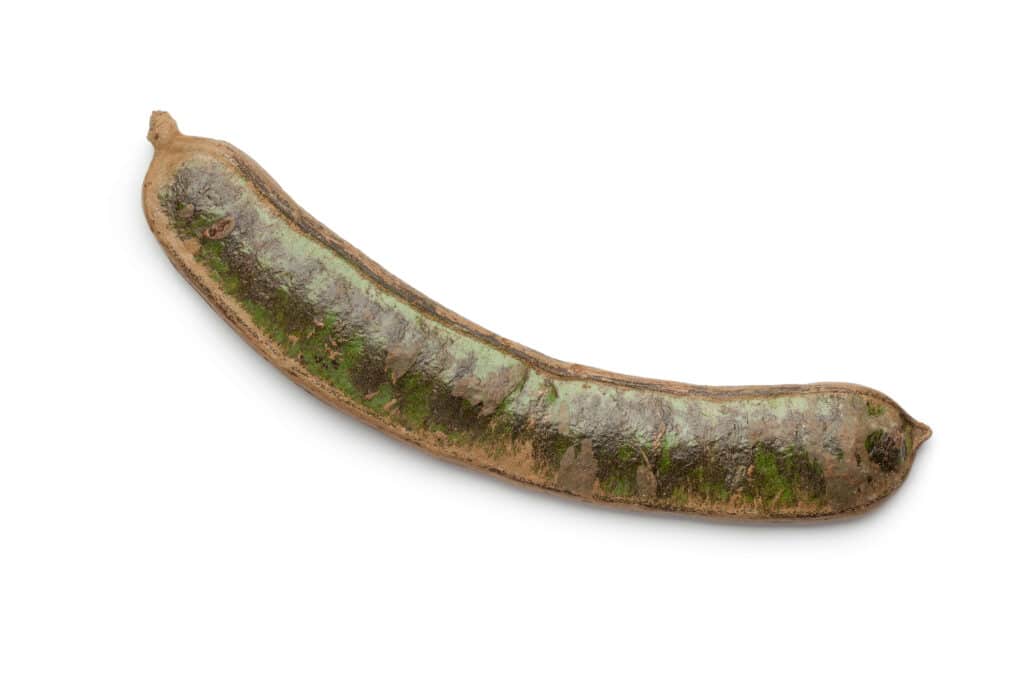
- Native to: Amazon Rainforest
- Appearance: Long, green pods with sweet, edible pulp and seeds.
- Taste: Sweet and tangy, with flavors reminiscent of tropical fruits.
- How to Eat: Open the pods to access the pulp and seeds.
Lucuma
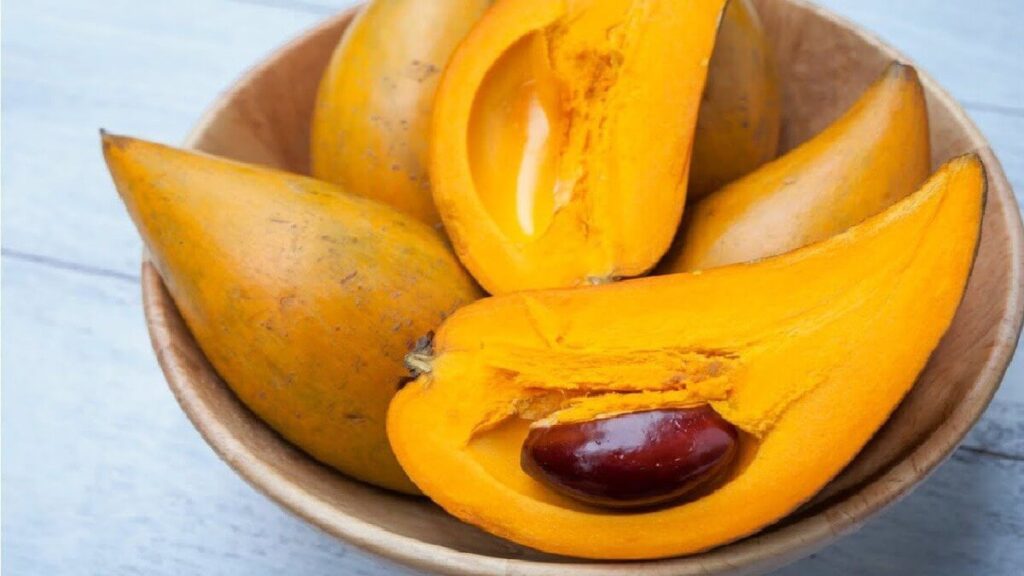
- Native to: Andes region
- Appearance: Greenish-yellow fruit with bright orange flesh.
- Taste: Sweet and maple-like, often used in desserts.
- How to Eat: Slice and enjoy the flesh, or use it in recipes.
Babassu
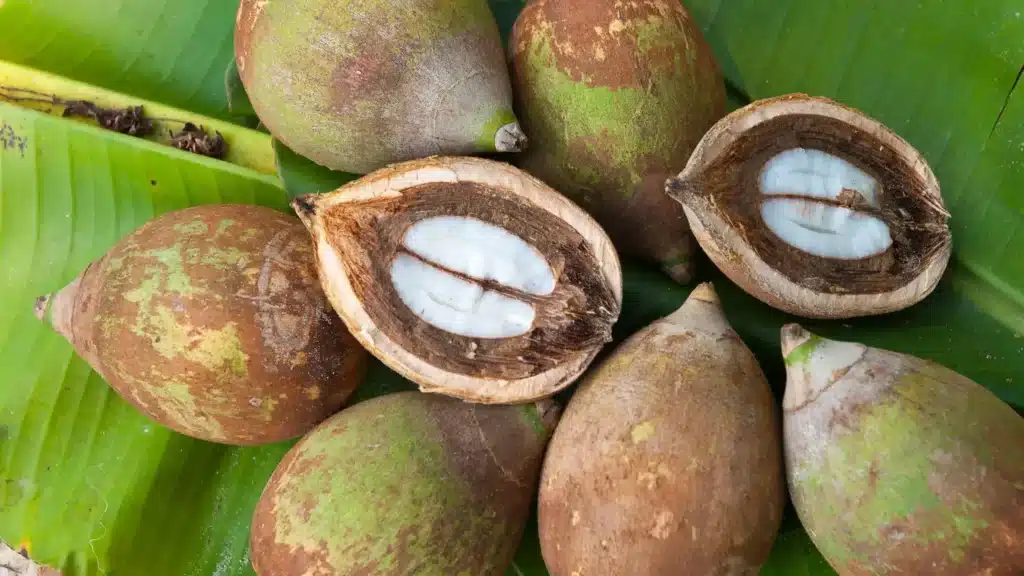
- Native to: Northern Brazil
- Appearance: Brown, spherical fruit with hard shell, containing edible seeds.
- Taste: Mildly sweet, with a coconut-like flavor.
- How to Eat: Crack open the shell to access the seeds.
Tumbo
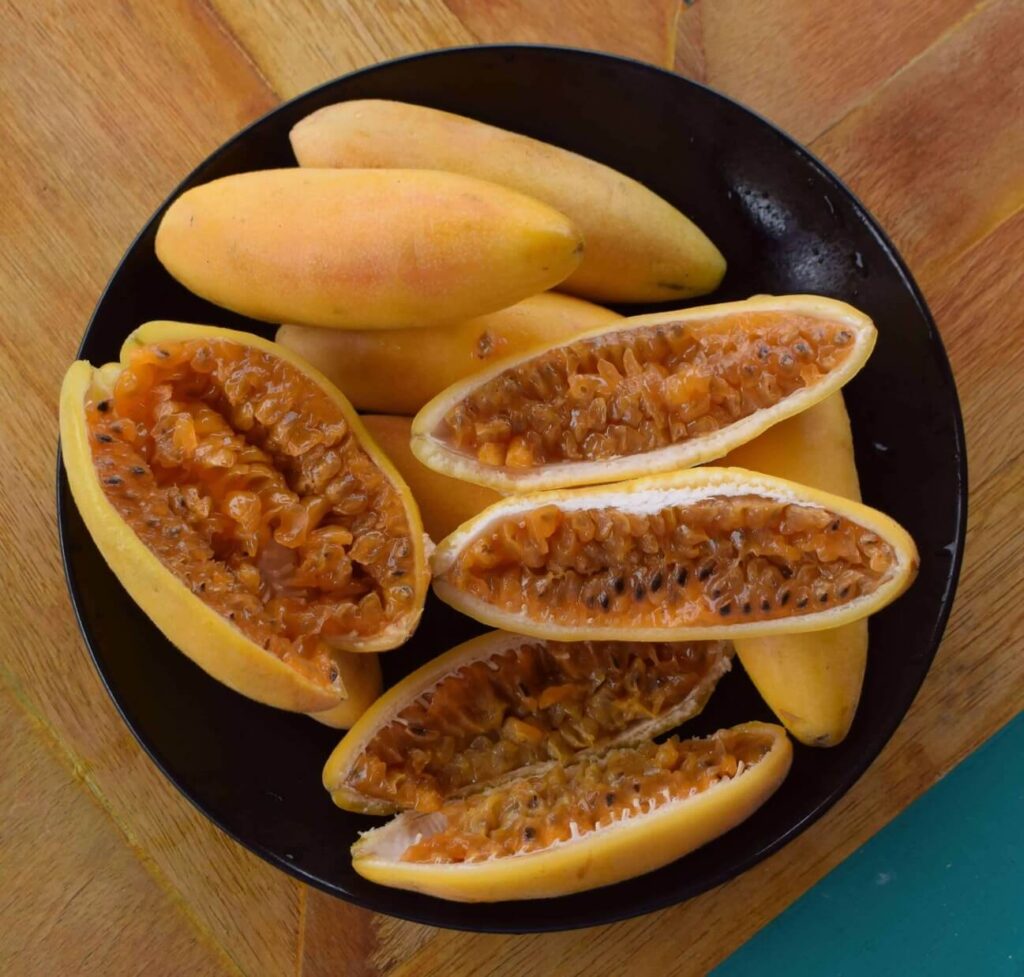
- Native to: Andes region
- Appearance: Cucumber-like fruit with elongated shape and green skin.
- Taste: Sweet and tangy, often used in beverages.
- How to Eat: Slice and enjoy the fruit or blend it into drinks.
Arazá

- Native to: South America
- Appearance: Yellow, round fruit with smooth skin.
- Taste: Sweet and tangy, with flavors of passion fruit and pineapple.
- How to Eat: Simply peel and enjoy the fruit.
Guanábana (Soursop)
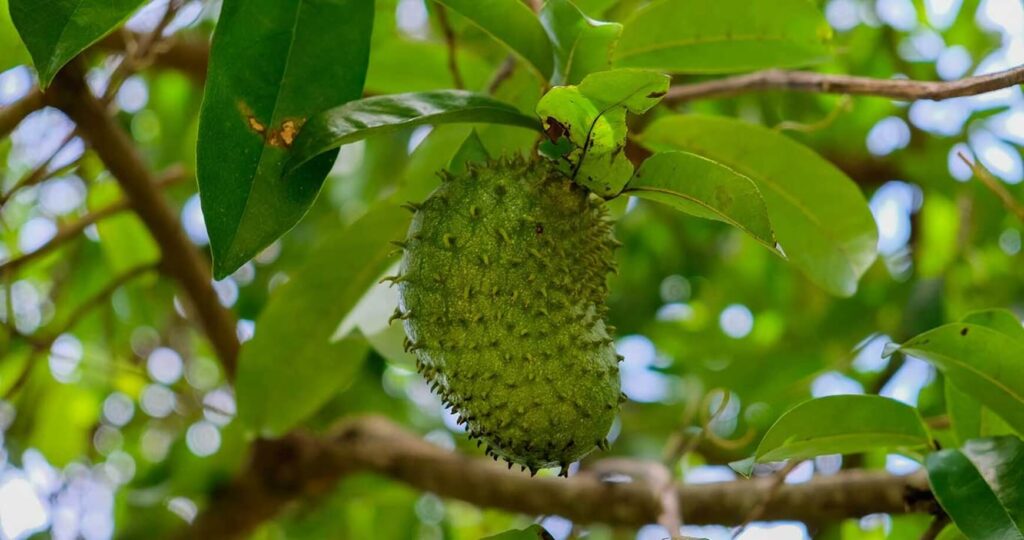
- Native to: South America
- Appearance: Prickly green skin with soft, white, and fibrous flesh.
- Taste: Sweet and tangy, with hints of pineapple and strawberry.
- How to Eat: Just scoop out the flesh and discard the seeds.
Aguaymanto
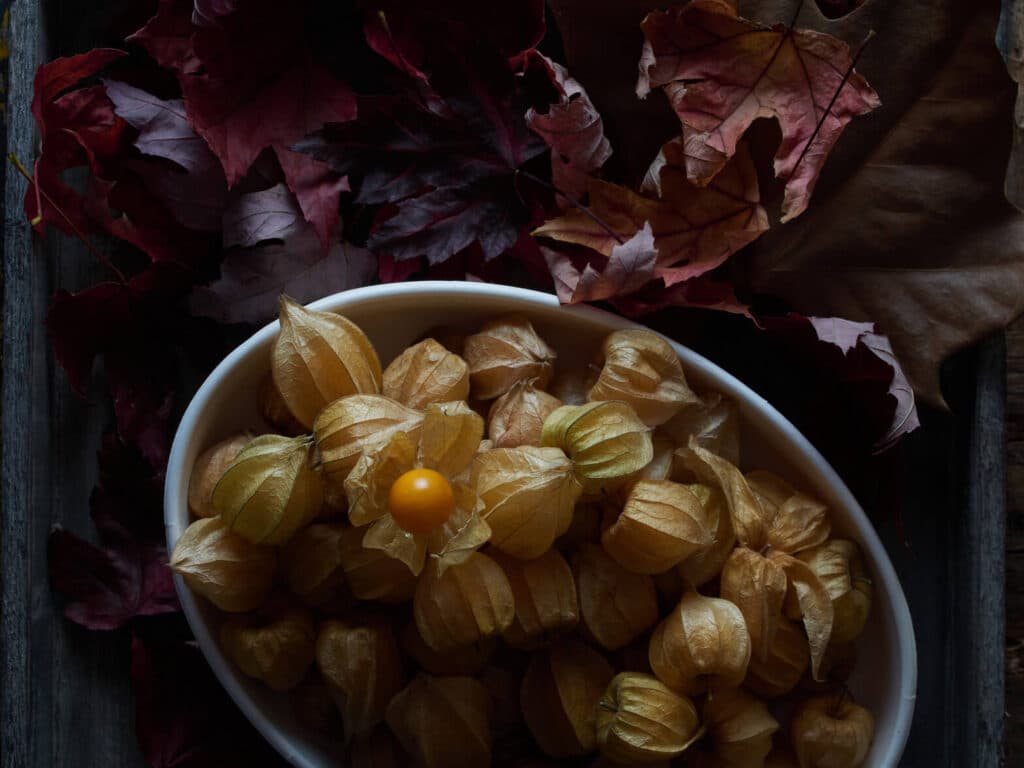
- Native to: South America
- Appearance: Small, orange fruit encased in a papery husk.
- Taste: Sweet and tart, often used in jams and desserts.
- How to Eat: Remove the husk and enjoy the fruit.
Macambo
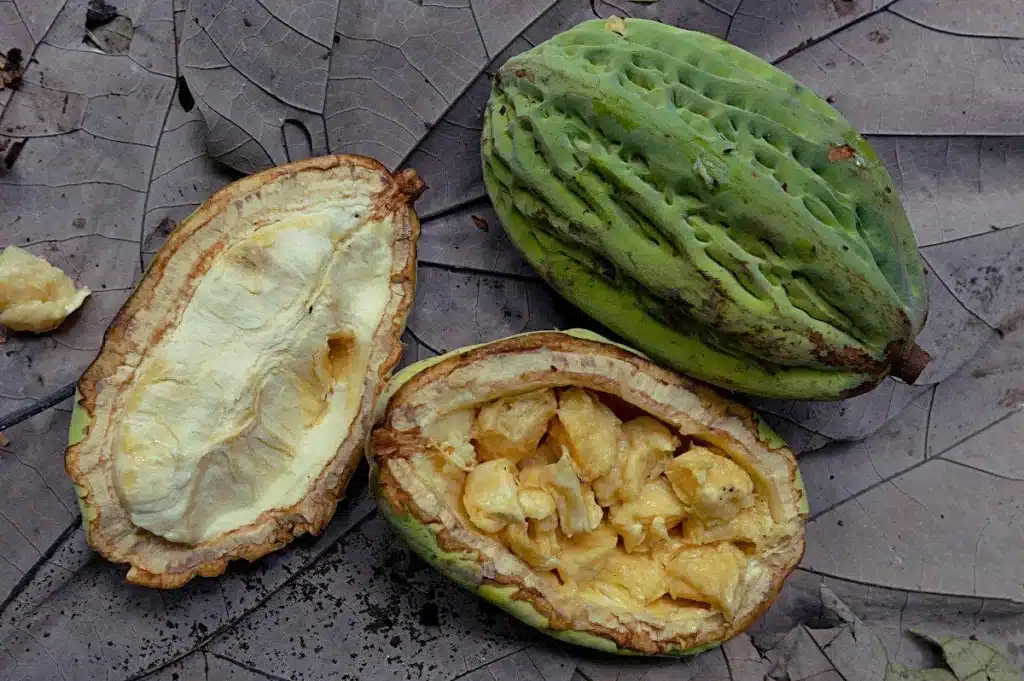
- Native to: Amazon Rainforest
- Appearance: Large, green pods with edible seeds.
- Taste: Mildly sweet and nutty, similar to cacao.
- How to Eat: Roast and eat the seeds, or use them in cooking.
Borojo
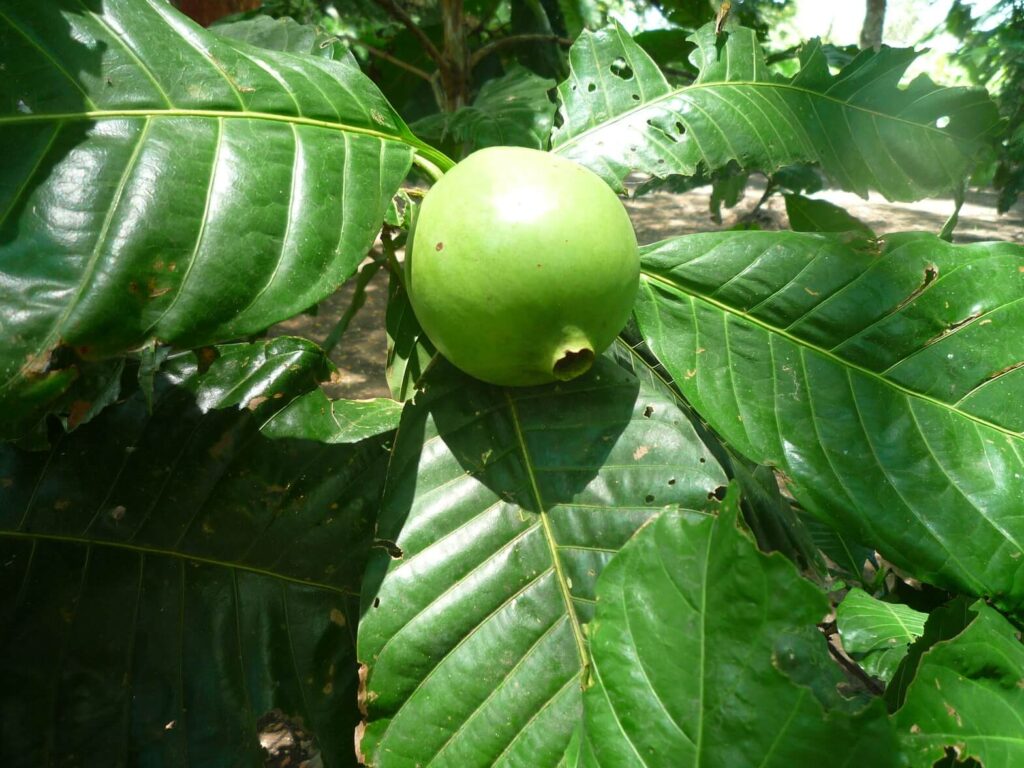
- Native to: Pacific coast of South America
- Appearance: Round, brown fruit with thick, edible flesh.
- Taste: Sweet and earthy, with flavors similar to chocolate.
- How to Eat: Cut and enjoy the flesh, often used in beverages.
Chayote
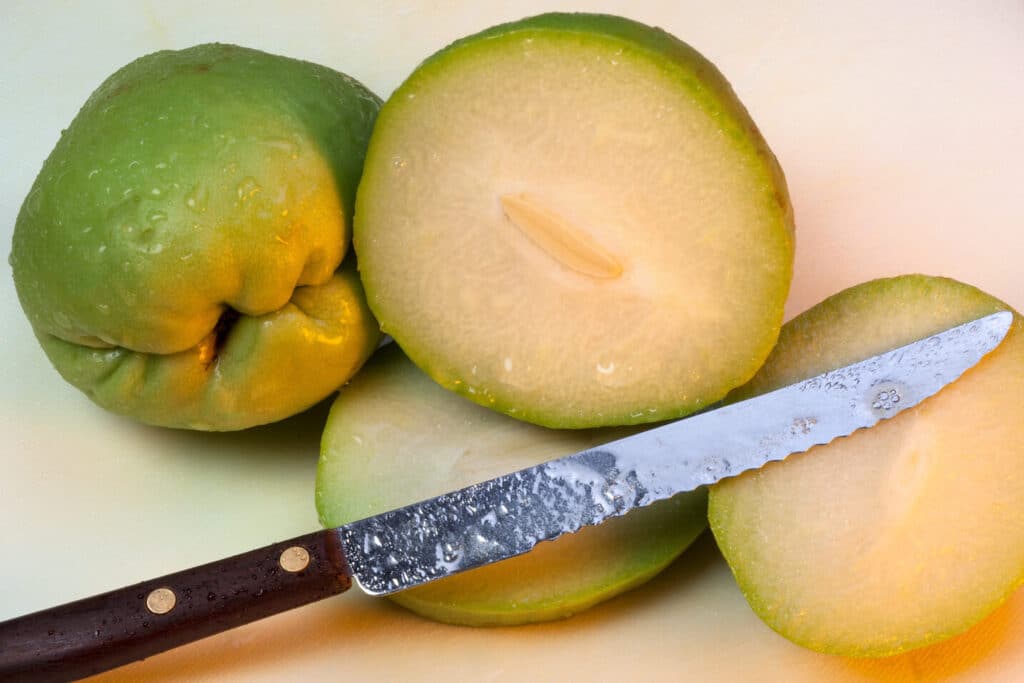
- Native to: South America
- Appearance: Green, wrinkled fruit shaped like a pear.
- Taste: Mild and crisp, often used in salads and stir-fries.
- How to Eat: Peel, slice, and cook into various dishes.
Pepino
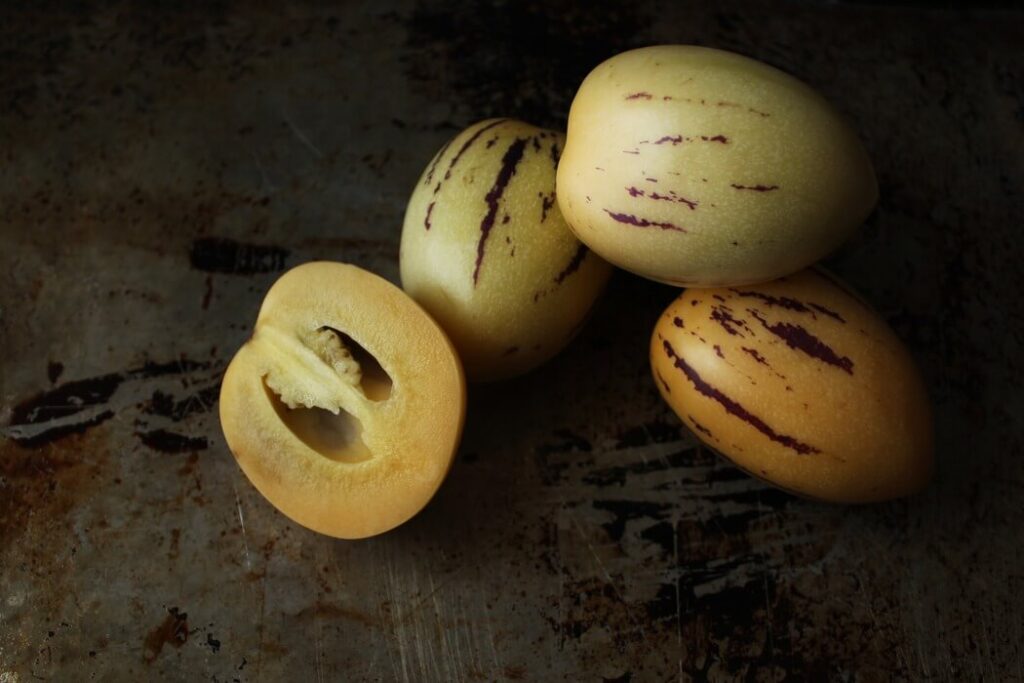
- Native to: South America
- Appearance: Oval fruit with yellow or purple skin and green or yellow flesh.
- Taste: Sweet and slightly tangy, often compared to a mix of melon and cucumber.
- How to Eat: Slice and enjoy the flesh, typically eaten raw.
Sapodilla
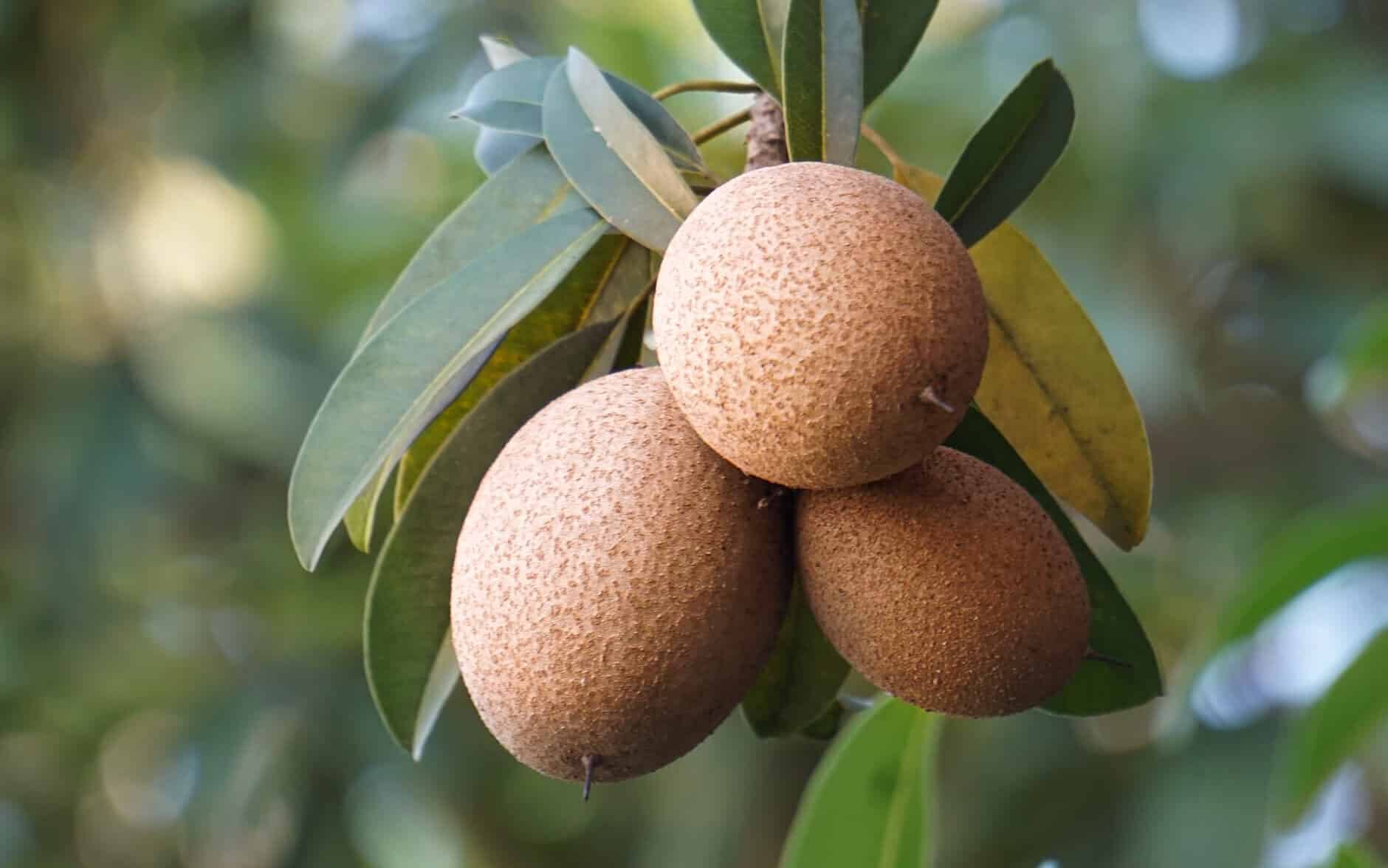
- Native to: South America
- Appearance: Brown, grainy skin with sweet, grainy, and gritty flesh.
- Taste: Sweet with a hint of pear and brown sugar.
- How to Eat: Cut in half and scoop out the flesh.
Charichuelo
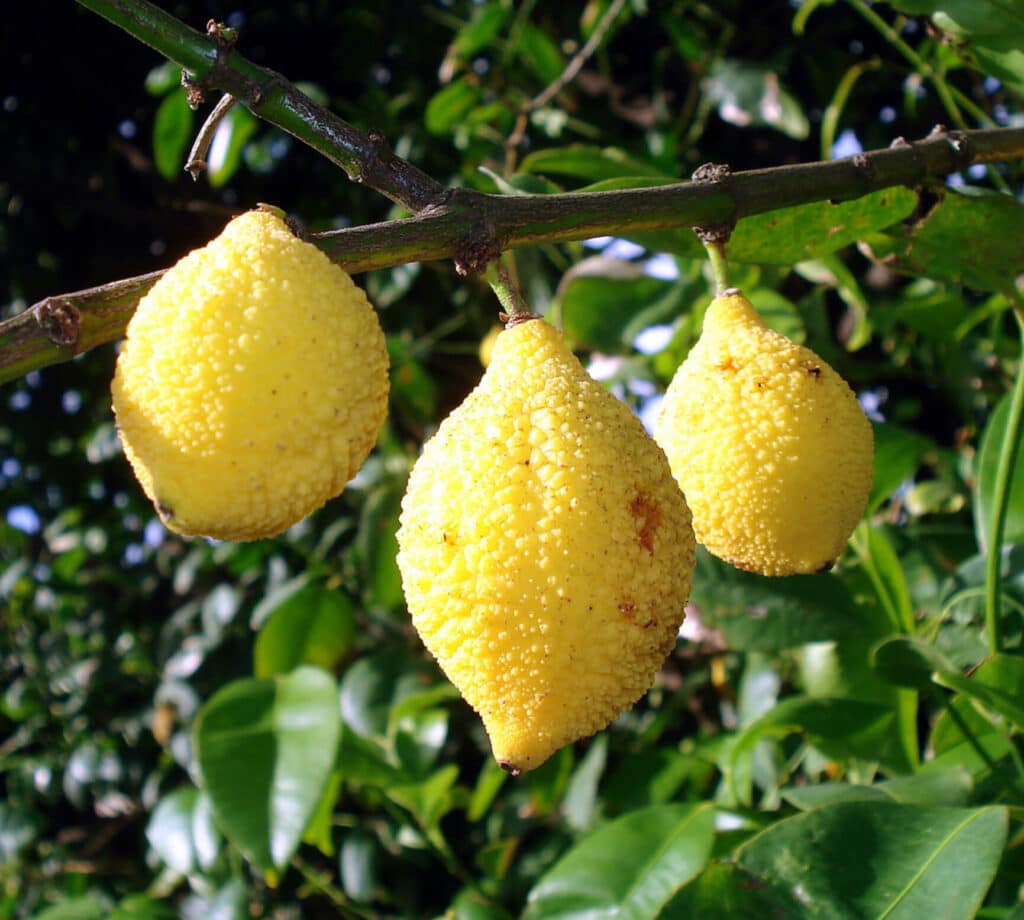
- Native to: Amazon Rainforest
- Appearance: Small, red or orange fruit with a thin, edible skin.
- Taste: Sweet and slightly tart, with flavors similar to passion fruit.
- How to Eat: Simply pluck and eat the fruit, including the skin.
Brazilian Papaya
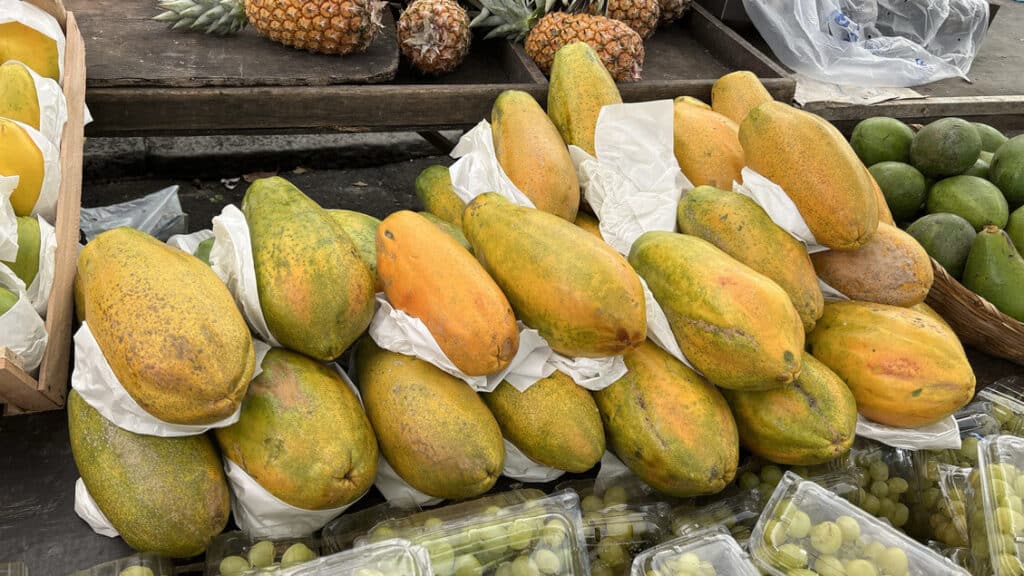
- Native to: Brazil
- Appearance: Similar to common papaya, with orange flesh and black seeds.
- Taste: Sweet and tropical, often eaten fresh or used in smoothies.
- How to Eat: Cut, scoop out seeds, and enjoy the flesh.
Goiaba
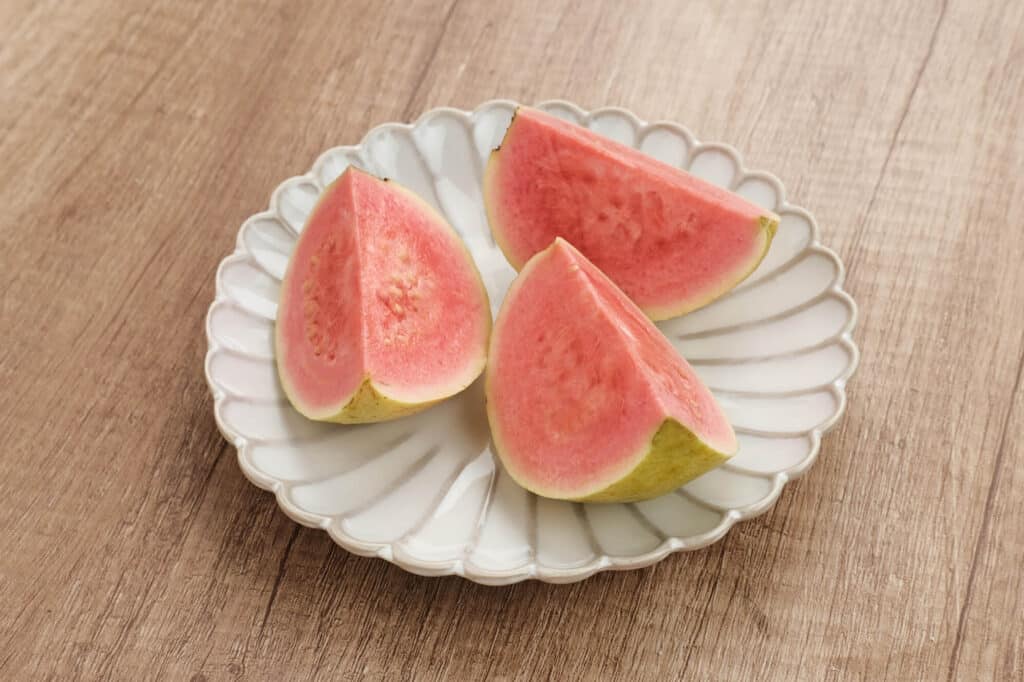
- Native to: South America
- Appearance: Round or pear-shaped, with green or pink skin and sweet, pink or white flesh.
- Taste: Sweet, fragrant, and aromatic.
- How to Eat: Slice and eat the flesh, avoiding the seeds.
Caimito
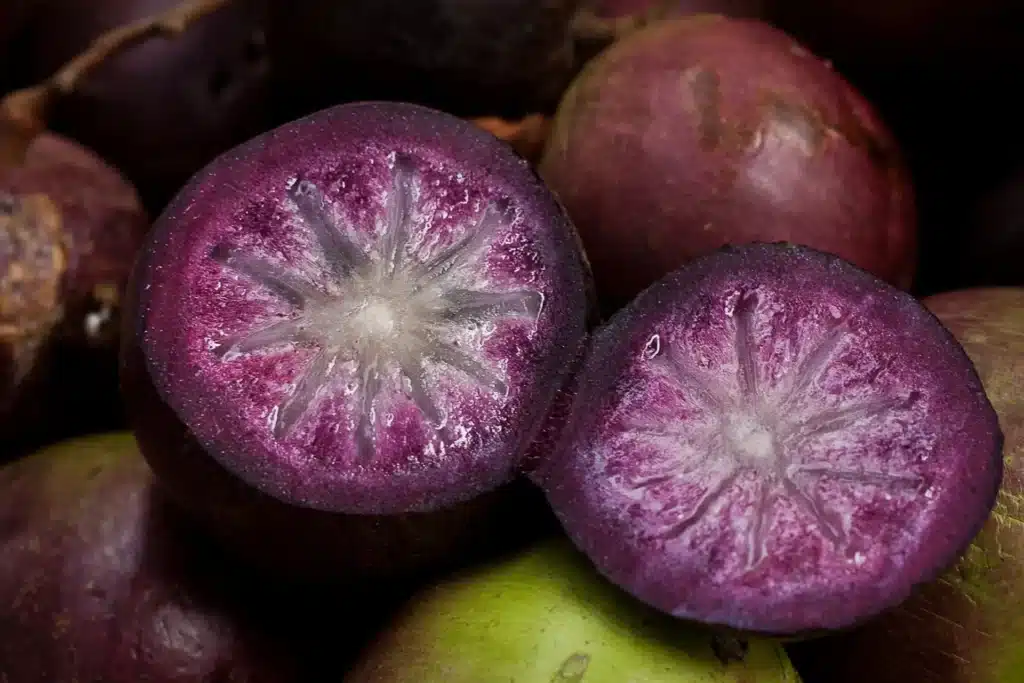
- Native to: South America
- Appearance: Green or purple fruit with sweet, white flesh.
- Taste: Sweet and mildly aromatic, with flavors similar to pear and grape.
- How to Eat: Slice and enjoy the fruit, often eaten fresh.
Pitomba
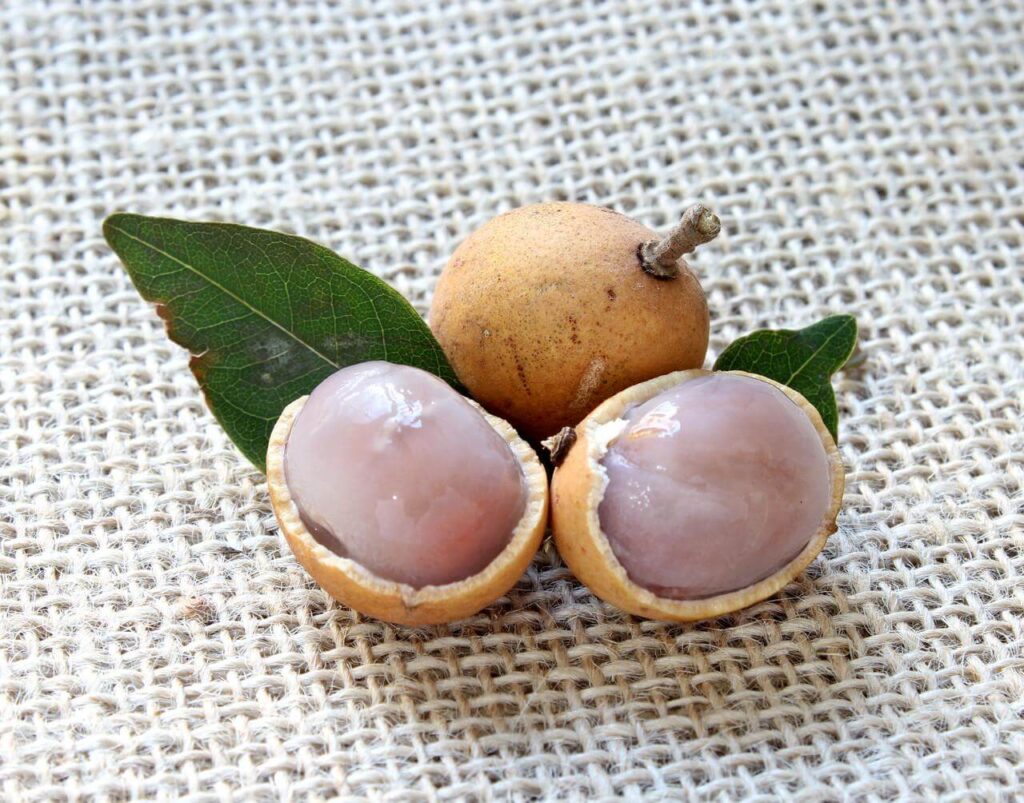
- Native to: South America
- Appearance: Small, orange fruit with a thin skin and sweet, juicy flesh.
- Taste: Sweet and slightly tart, with flavors similar to citrus fruits.
- How to Eat: Simply pluck and eat the fruit, avoiding the seed inside.
Umbu
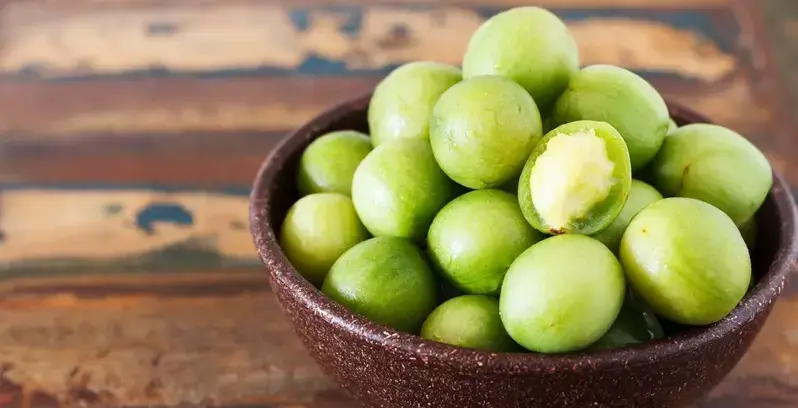
- Native to: Brazil
- Appearance: Small, greenish-yellow fruit with sweet, juicy flesh.
- Taste: Sweet and tart, often used in jams and desserts.
- How to Eat: Simply pluck and eat the fruit, avoiding the seed inside.
Murici
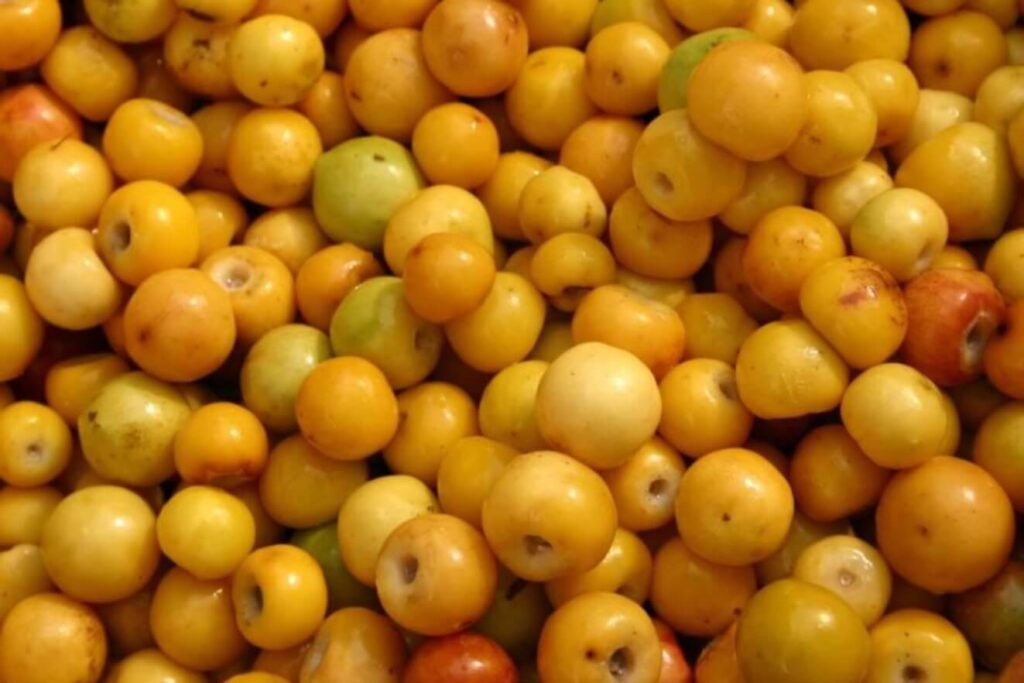
- Native to: South America
- Appearance: Small, round, orange or yellow fruit with sweet, juicy flesh.
- Taste: Sweet and tangy, often used in beverages and desserts.
- How to Eat: Simply pluck and eat the fruit, avoiding the seed inside.
African Horned Cucumber (Kiwano)
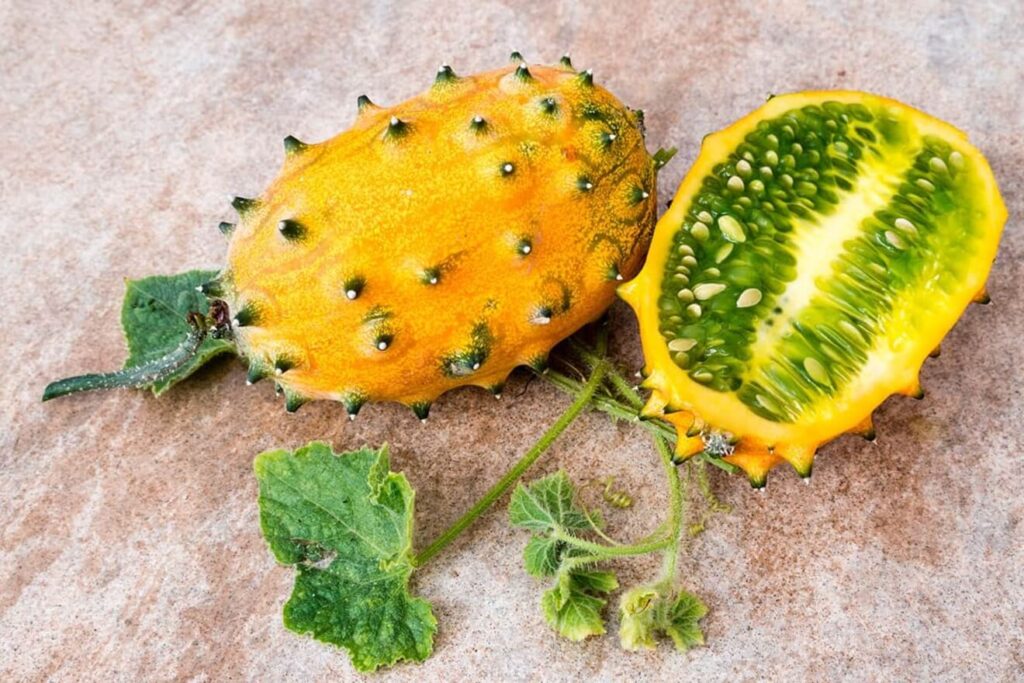
- Native to: Sub-Saharan Africa but cultivated in some South American countries.
- Appearance: Spiky, orange fruit with bright green, jelly-like flesh and edible seeds.
- Taste: Mildly sweet and slightly tart, often used in salads and garnishes.
- How to Eat: Slice and scoop out the flesh, or use it for decoration.
Huito
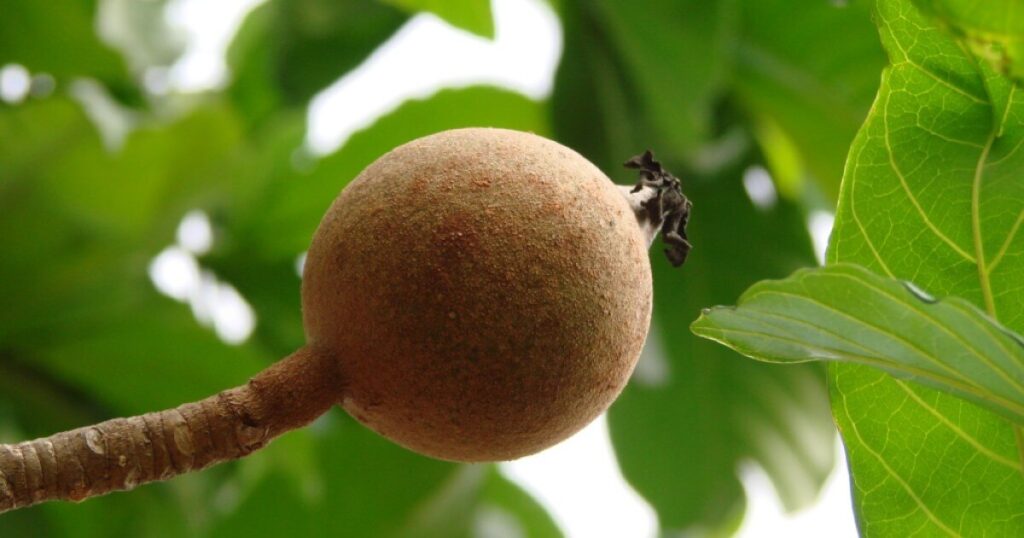
- Native to: South America
- Appearance: Small, round, black fruit with edible pulp and seeds.
- Taste: Mildly sweet and often used to make natural dyes.
- How to Eat: Simply pluck and eat the fruit, or use it for dye-making.
Tocosh
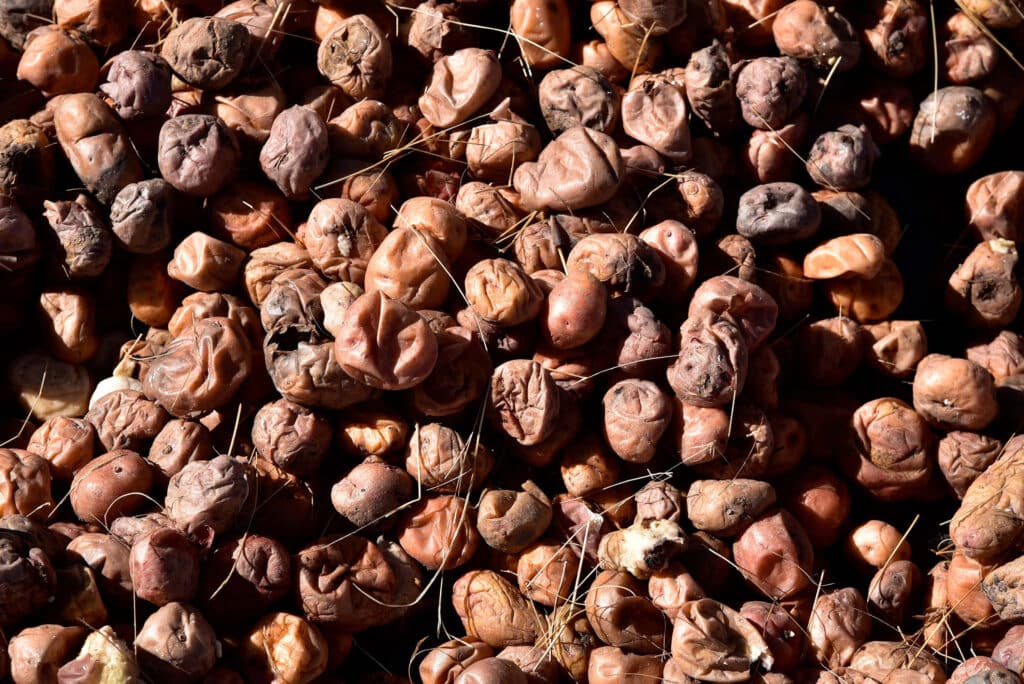
- Native to: Andes region
- Appearance: Fermented black potatoes used in traditional dishes.
- Taste: Earthy and sour, often used in soups and stews.
- How to Eat: Cooked and mashed in recipes, especially in Andean cuisine.
Black Currant
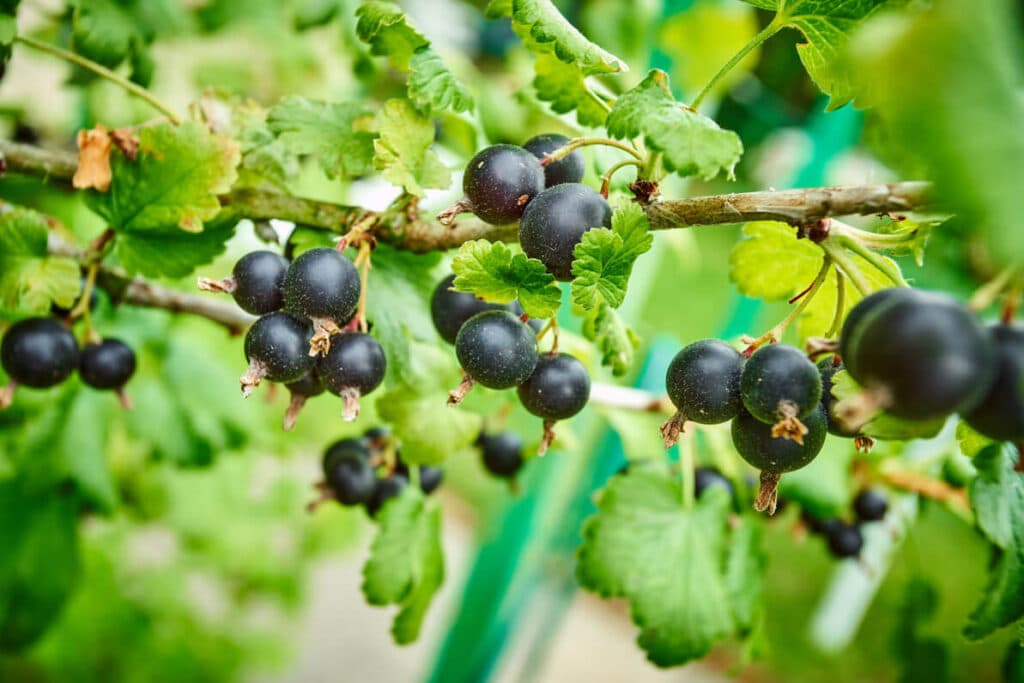
- Native to: Europe but grown in some South American regions.
- Appearance: Small, dark purple berries.
- Taste: Sweet and slightly tart, used in jams and desserts.
- How to Eat: Enjoy fresh, use in recipes, or make jams.
Red Currant
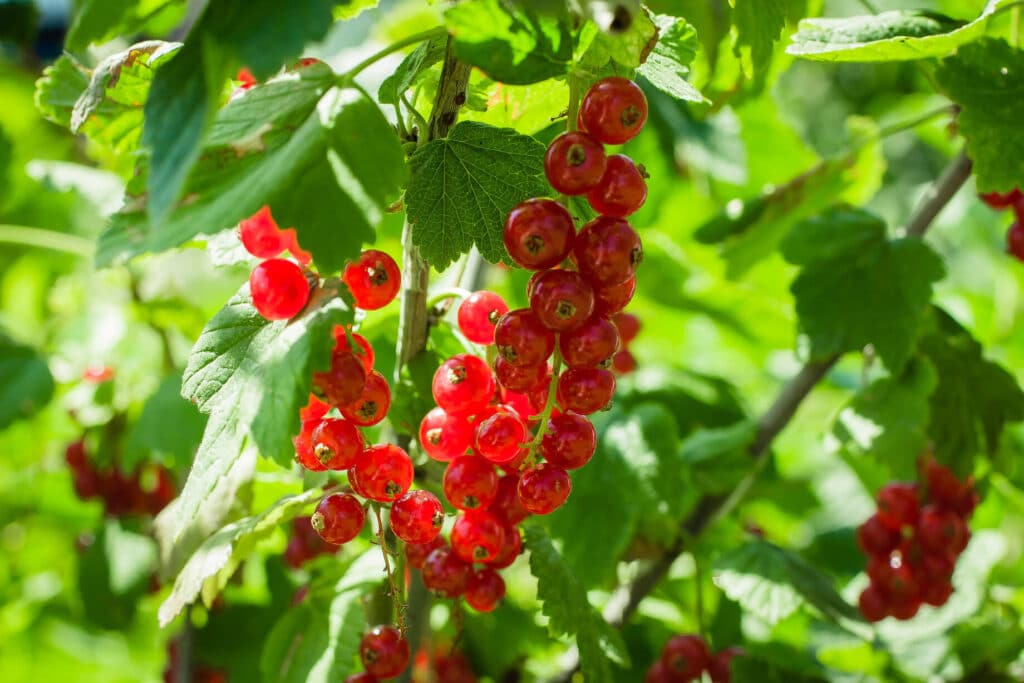
- Native to: Europe but grown in some South American regions.
- Appearance: Small, translucent red berries.
- Taste: Sweet and slightly tart, used in jams and desserts.
- How to Eat: Enjoy fresh, use in recipes, or make jams.
Kiwicha (Amaranth)
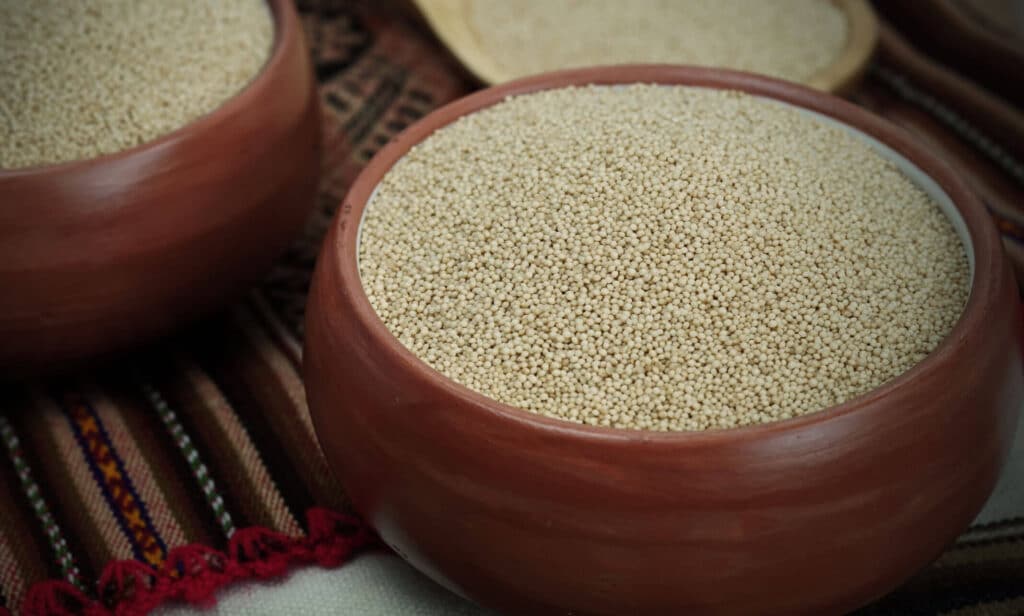
- Native to: Andes region
- Appearance: Tiny seeds often used in cooking and baking.
- Taste: Nutty and earthy, often used in various dishes and snacks.
- How to Eat: Use in cooking, baking, or as a topping for dishes.
Blackberry
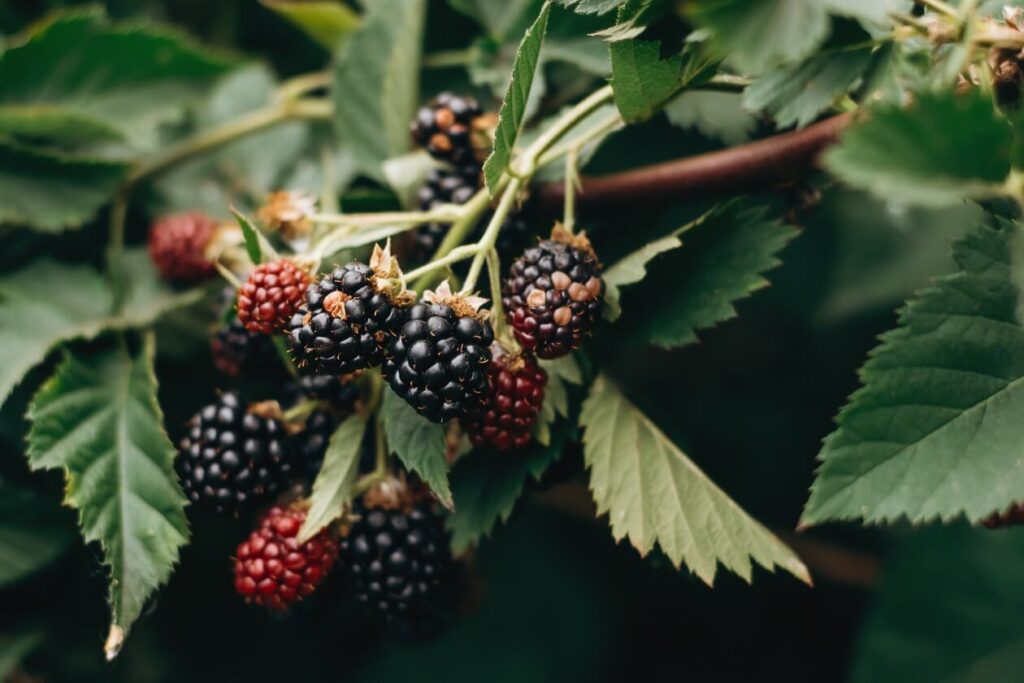
- Native to: Europe but grown in some South American regions.
- Appearance: Small, dark purple to black berries.
- Taste: Sweet and slightly tart, often used in desserts and jams.
- How to Eat: Enjoy fresh, use in recipes, or make jams.
Tips to Stay Safe and Eat Mindfully in South America
While you’re exploring the world of exotic South American fruits, safety and mindful consumption are key. To make the most of your fruit-filled adventure, follow these tips:
Eat Safe: What to Check When Buying Exotic South American Fruits
- Fruit Selection: Pick South American exotic fruits that are free from visible bruises, mold, or other signs of decay.
- Firmness: Exotic South American fruits should have a firm texture but shouldn’t be rock-hard. Avoid overly soft or mushy fruits.
- Color and Aroma: Seek vibrant, natural colors and a pleasant aroma, often indicators of ripeness.
- Consistency: Opt for fruits with consistent textures throughout, without irregularities or unexpected soft spots.
Which Exotic South American Fruits Can Be Dangerous?
- Manchineel: Beware of the manchineel fruit. While tempting, it’s one of the world’s most poisonous fruits, and even standing beneath its tree during rain can be dangerous.
- Ackee: Ackee, a tropical fruit often found in South America, should be fully ripe before consumption, as unripe ackee can contain toxic compounds.
- Guava: While guava is generally safe, consuming it in excessive quantities can lead to stomach discomfort due to its high fiber content.
Common Allergies and Reactions:
- Latex-Fruit Syndrome: Some individuals with latex allergies may experience cross-reactivity with certain fruits. If you have a latex allergy, be cautious when trying South American fruits.
- Oral Allergy Syndrome: Certain South American fruits, like cherimoya and passion fruit, may trigger mild oral itching or swelling in individuals with pollen allergies. It’s usually harmless and subsides quickly.
Why You Need To Be Mindful About Eating Too Much Exotic Fruits:
- Digestive Upset: Overindulging in fibrous exotic South American fruits, such as chayote or pepino, can lead to digestive discomfort like bloating or diarrhea.
- Caloric Intake: Be mindful of calorie intake, especially with high-sugar fruits like bananas. Enjoy South American fruits in moderation to maintain a balanced diet.
Unexpected Reactions After Eating South American Fruits: What to Do
- Rinse and Rest: If you experience itching or discomfort after consuming an exotic South American fruit, rinse your mouth with water and rest. Most mild reactions tend to subside on their own.
- Seek Medical Attention: For more severe allergic reactions, like hives or difficulty breathing, it’s essential to seek immediate medical attention. Consider carrying antihistamines if you have known fruit allergies.
Remember, you can use the Air Doctor app to get 24/7 multi-lingual medical care – anywhere, anytime.
By staying informed and mindful while indulging in exotic South American fruits, you can savor the journey without unexpected detours. Now, your adventure will be both delicious and safe.



